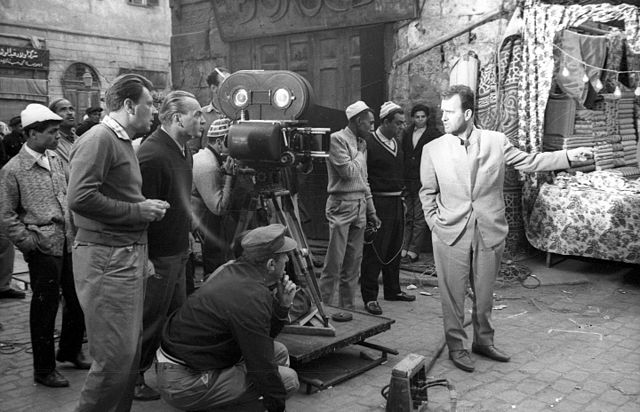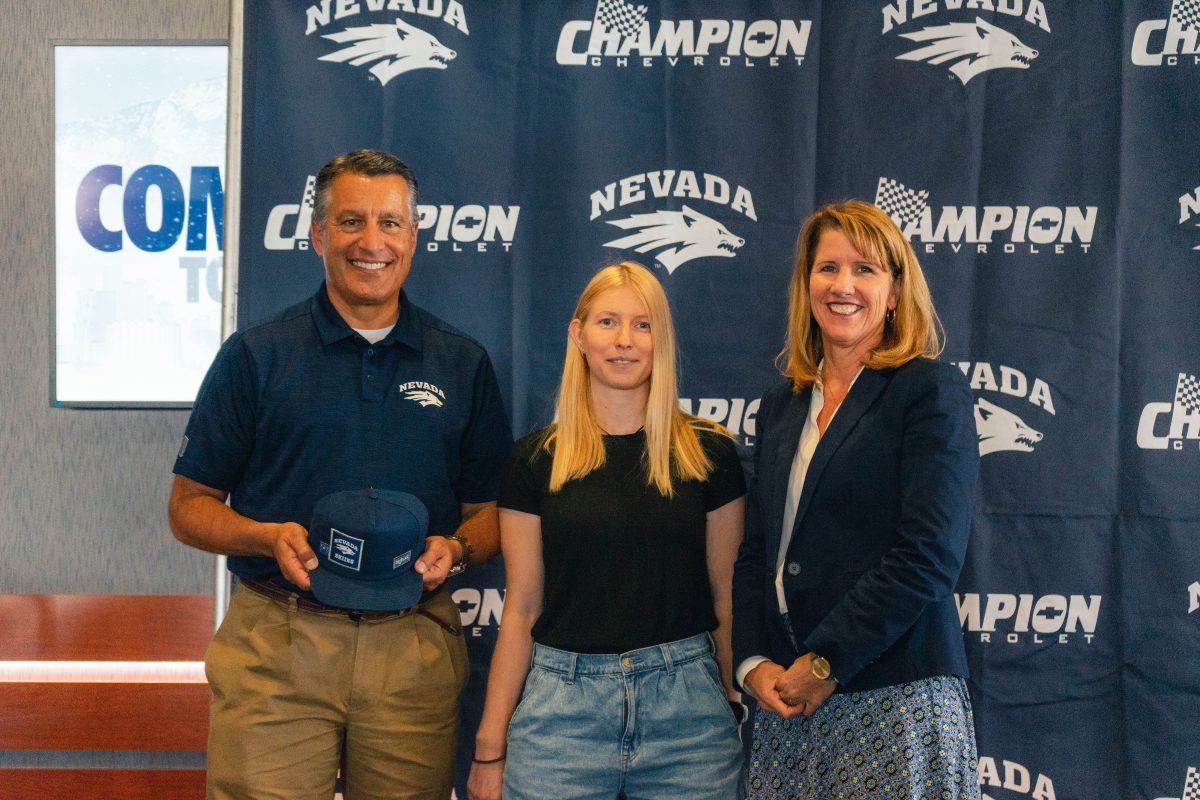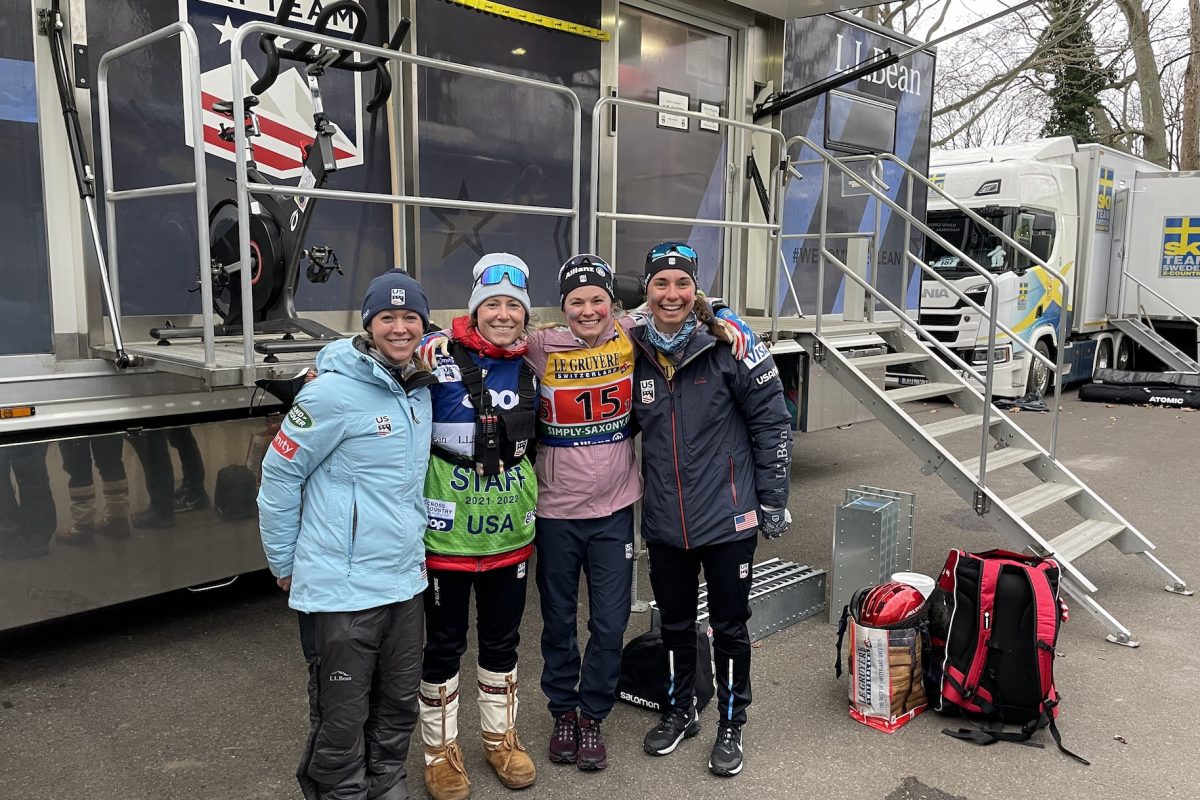
STOCKHOLM, Sweden – Imagine if Charlotte Kalla or Marcus Hellner were caught this season with a positive test for EPO, or maybe a bag of blood in a hotel room. Or what if Ole Einar Bjørndalen showed up with HGH, or Petter Northug with steroids?
If you can’t imagine any of these things, it’s because of a cultural change in Scandinavia in the last two or three decades that is the result largely of the efforts of one man, nicknamed “the doping hunter”: Professor Arne Ljungqvist, who started as an Olympic high jumper, became a medical researcher and has gone on to clean up sport in Sweden and around the world.
In the 1970’s, Swedish athletes – like many others around the world – didn’t see why doping was a problem and still believed that using medication to improve performance was their right. The media and fans supported them, and decried antidoping efforts as harsh rules that would make their country less competitive on the global stage. But more recently, a high-profile athlete caught doping became so unpopular that she literally moved out of the country rather than face her shame. What changed?
Now the head of the IOC Medical Commission and the vice president of WADA, Ljungqvist sat down with FasterSkier for a far-ranging interview at the offices of International Doping and Tests Management (IDTM) here in Stockholm.
“I Was Scared”
Ljungqvist’s first career was as a field athlete, and he was a Swedish junior national champion in not only the high jump but also the pole vault and the javelin. At just 21 years of age, he became senior national champion in the high jump and represented Sweden in the Olympics that year, 1952, in Helsinki. He finished 15th and then went to medical school.
After completing his studies, Ljungqvist went on to become a researcher, professor, and eventually dean at the Karolinska Institute in Stockholm, one of the most prestigious medical universities in Europe. Although clearly still interested in sports, his research turned first to renal health, then cardiovascular health, and eventually even to cancer.
But by 1970 he was ready to return to his beloved track and field, this time in an administrative position, and joined the Swedish Athletic Association. What he saw surprised him: the sport was not the same as when he had left it 22 years earlier.
“I was scared by what was going on, and I told myself that I would not be part of this,” Ljungqvist said of the increased drug use by athletes. “But then I was advised to do something to it instead, so I tried.”
By 1972, because of his general medical expertise, Ljungqvist had been named to the International Association of Athletic Federations (IAAF) Medical Committee and Anti-Doping Commission, and he knew that before going into the international scene, he had to “clean up [his] own house.” After becoming president of the Swedish Athletics Association, he tried to do so – and it did not go over well.
“When I launched an anti-doping campaign in Sweden in 1976, the Swedish national team made a written petition to throw me out,” Lungqvist said. “That was the attitude at the time, and the media was on their side. It was so much ignorance, unawareness, misunderstanding, confusion. They thought it was unfair because this was the Cold War they knew what was going on – they said, why will you not give us the opportunity to be competitive?”
Things came to a head in 1981 when Ljungqvist discovered that Sweden’s biggest star, Linda Haglund, was doping. Fourth in the Moscow Olympics in 1980, three of Haglund’s Swedish records still hold; she was the country’s first female superstar in the world of athletics, vocal in demanding equal pay for female athletes, and undeniably benefitted women’s sports to a huge extent. Among Swedes she was, Ljungqvist says, like seven-time World Champion alpine skier Anja Pärson and Olympic gold medalist in heptathlon, Karolina Klüft, in one person.
She was also cheating, and didn’t leave her sport quietly. Haglund’s case went all the way to Jamaica for an international tribunal.
“That was terrible,” Ljungqvist said. “I had to take action, and some important media were terribly against it as late as 1981. Her case, of course, helped raise attention to this problem.”
The Nice Boy from Norrbotten
In the fight against performance-enhancing drugs, there have been several turning points which have galvanized administrators and the public. For the IOC, it was the death of Danish cyclist Knud Enemark Jensen at the 1960 Olympics. For the sports world in general, it was Canadian sprinter Ben Johnson’s positive test at the 1988 Olympics. For the U.S., it was the realization around the time of the 2000 Olympics that American athletes had tested positive, and then kept competing.
For Sweden, what finally told the media, sports fans, and athletes themselves that doping had to stop was the confession of a wrestler from the tiny town of Haparanda, the country’s easternmost locale which is cozied up to Finland and latitudinally on par with Iceland.
Tomas Johansson was 22 years old when he went to the Los Angeles Olympics in 1984 with the intention of winning a gold medal. He came up short, losing to an American in the final, but still received a silver medal – a big deal for Sweden. Shortly thereafter, he tested positive for steroids and had to hand his medal back.
Strangely enough, the ensuing scandal didn’t seem to decrease the popularity of Johansson, who immediately confessed to everything.
“He told the world, and Swedish media, ‘Of course I did it,’ ” Ljungqvist said. “He said, ‘Everybody else does, and otherwise I would have no chance.’ He was such a nice guy, and innocent, and naïve, and people liked that comment and saw that there was something wrong with sport, not with Tomas … he was just a nice chap from the north of Sweden.”
By then, Ljungqvist had signed on with Norwegian administrators for a pan-Scandinavian anti-doping code. The two countries agreed that they would use the same rules and police their athletes as if there were no borders. Later, Denmark and Finland signed on.
“We created a Nordic anti-doping convention in the early 1980’s, which is cited by President Rogge as the predecessor of WADA,” Ljungqvist said. “It was the first international convention.”
The problem was that at first, there wasn’t much support for such an effort. After Johansson told the world why he doped, however, the Swedish public changed their tune. Instead of arguing that their athletes should be allowed to dope in order to compete with the rest of the world, they began to believe that nobody should be able to use performance-enhancing drugs – so that “nice chaps” like Johansson wouldn’t have to, either.
From Russia with Drugs
Since then, Scandinavian sports have been considerably more clean. (Finland is another story; their notorious scandal in the ski world in 2001, Ljungqvist says, is symptomatic of some of their structural and cultural differences from the rest of the Nordic countries.) Sweden is even cleaner than most. In terms of positive tests that have been litigated, it has far fewer even than Norway, and one involved a modern pentathlete who was disqualified for drinking beer.
And these days, when a Swedish athlete dopes, the consequences are far different than they used to be.
Russian hurdler Lyudmila Narozhilenko was a World Champion in 1991, but then tested positive for steroids in 1993 and served a four-year ban. During that time, she married her Swedish manager, moved to the country, and became Lyudmila Engqvist. She also became very popular.
“As a Soviet athlete she had been found doped, and banned,” Ljungqvist said. “It was thought that she was a victim of a terrible system, which was probably true. She came here and appeared in all sorts of good circumstances and became very popular after having served her ban – she confessed everything, how the system was.”
Reinstated by the IAAF in 1995, Engqvist began competing for Sweden and won Olympic gold in the 110 meter hurdles at the 1996 Olympics in Atlanta, further raising her stature in Sweden. After battling injuries and breast cancer, she set a new goal: to become the first woman to win gold in both summer and winter Olympics. Like many sprinters, she turned to bobsled, and began training for Salt Lake City.
“She took steroids to become heavier, and was caught,” Ljungqvist said. “She left the country for Spain. That’s the attitude here.”
As soon as Engqvist learned that she had tested positive, she began dreading the day that the Swedish public would find out. She became depressed and eventually suicidal.
“It was as if my life was over,” she told the BBC at the time. “I wanted to flee and didn’t tell anyone where I was going.”
These days, she’s back in Sweden, albeit living a low-profile life as a masseuse outside of Stockholm with her husband and son. She didn’t give a major interview until 2005, when she told the newspaper Expressen that “it was my own fault, and I’ll take the punishment.”
To Skiing, and Today
Of the perception in the ski community that Scandinavians don’t dope, Ljungqvist exclaims, “of course it’s not true!” But in the same breath, he explains that it’s not exactly unfounded, either.
“Today, I would say, at the elite level we don’t have much [doping],” he said. “At the Swedish Olympic team level, it’s negligible, probably nothing… because we were so early out. We were the first [to fight it] at the national level. The generation that is competing now, doping is such a shame here.”
Furthermore, Swedes can hold their heads high because when their athletes win, it’s on merit, not medications – and the rest of the world knows it.
“At the 2004 Olympics, when Sweden got three gold medals in athletics in a single weekend – Stefan Holm in high jump, Christian Olsson in triple jump, and Karolina Klüft in heptathlon – the IAAF was so happy,” Ljungqvist said. “They said, this proves that you can get a gold medal without doping.”
So is Kalla doping? Hellner? Carl Johan Bergman? Will skiing’s next scandal come from Scandinavia?
“Pssssshh,” the doping hunter huffed, not deeming the question worthy of his words.
***
Want to hear more from Professor Ljungqvist about the doping issues facing skiing and other sports today? Read our second piece, published this morning from material from the same interview.



